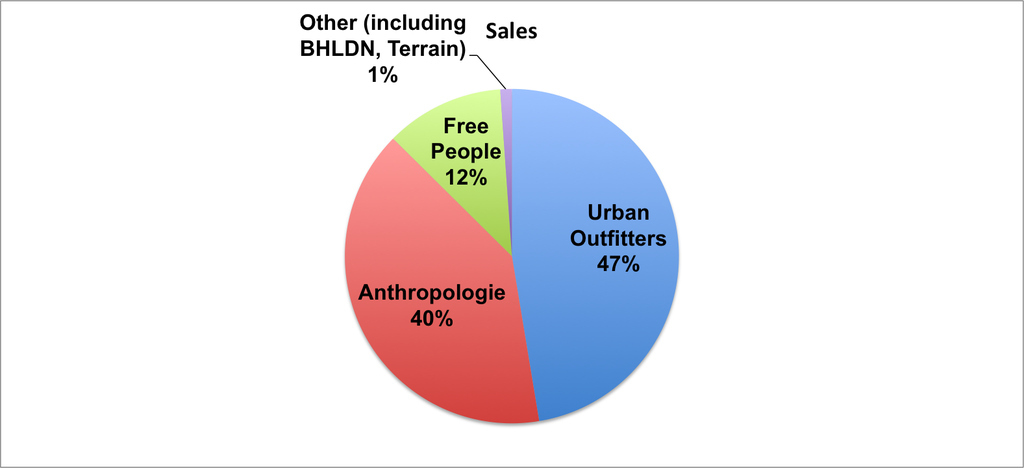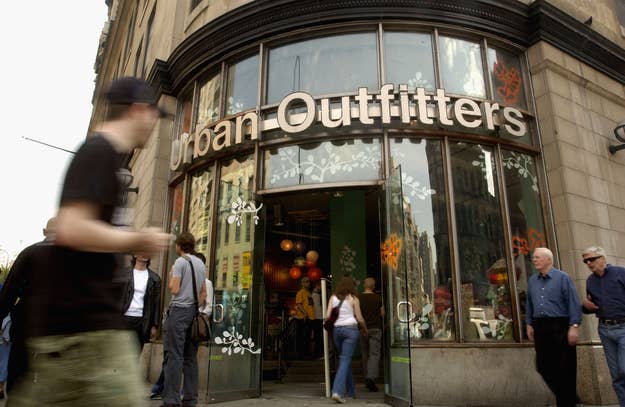
Anyone who has a band is an Urban Outfitters customer. So is the girl who has not yet realized that quirky is sexy. And a huge portion of the company's $2.8 billion in annual sales comes from the "upscale homeless."
At least that's how the management at Urban Outfitters views some of its core customers. While shoppers at its stores, which include Anthropologie and Free People, may not have heard themselves being described this way, investors and Wall Street analysts are quite familiar with the company's hilariously specific descriptions of its core consumer. Urban Outfitters' "upscale homeless" customers are people who rent rather than live on the street, Anthropologie shoppers are "the customer you want to have at a dinner table," and Free People consumers travel "every spring to festivals, Coachella and Wanderlust being her favorite."
At a September meeting with analysts, Sue Otto, an executive director at Urban Outfitters, joked that after 31 years studying customers of the brand, she may ultimately rack up more experience than Jane Goodall, the famed anthropologist who researched chimpanzees for 50 years. But Goodall never leveraged her research into selling $40 studded iPhone covers or $300 floaty dresses.
Read on to discover which species of retail shopper you are.
"The Urban customer ... has a slight degree of angst."
"The Urban customer, we always talk about, is the upscale homeless person, who has a slight degree of angst and is probably in the life stage of 18 to 26 ... The Anthropologie customer is a bit more polished, a bit more older and she has much less angst ... She tends to be a homeowner and she tends to be in a relationship and more likely than not, married with children." — Chief Executive Officer Richard Hayne, September 2012 Analyst Day
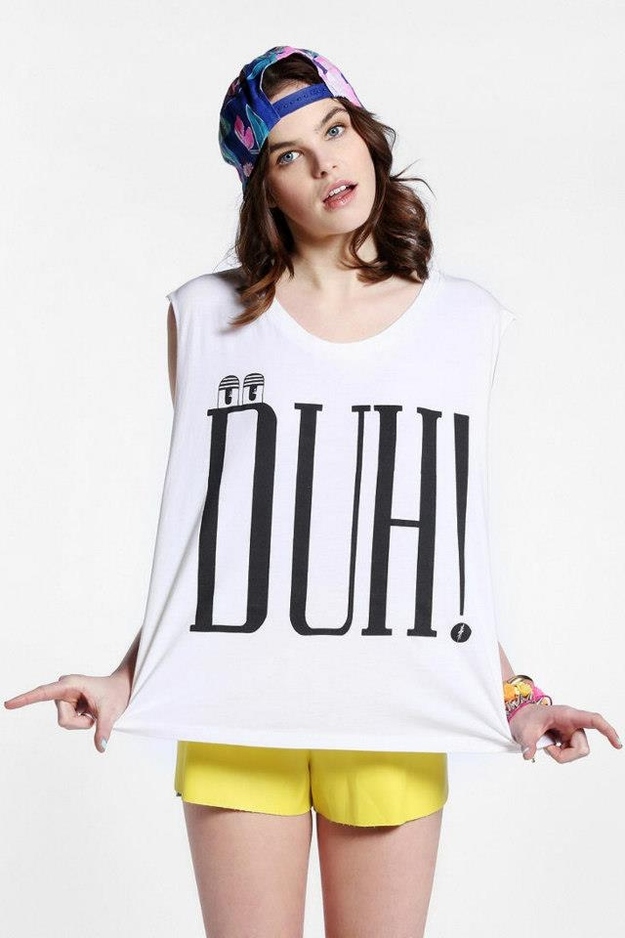
"The Urban customer is really dressing to attract a mate. The Anthropologie customer is dressing for respectability in her community, with her friends and family."
"We say that this is the customer you want to have at a dinner table. She's an optimist. She's aware of what's going on in the world, but she chooses to focus on the positives, not the negatives ... She shops at J.Crew, she shops at Nordstrom, she shops at boutiques ... She may go to Banana Republic for a basic pant, but she's not buying her wardrobe there. She's not shopping at Ann Taylor. She's certainly not shopping at Chico's." — Former Urban Outfitters CEO Glen Senk, November 2011 earnings call

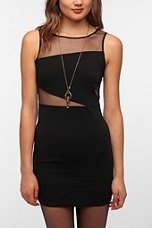
"Our customer is from traditional homes and advantage, but this offers them the benefit of rebellion."
"...Probably when they were little, they saw the older kids do something they thought was really cool, and they weren't allowed to do it and now that they're adults, it's sort of like ice cream for breakfast, they can do whatever they want now. They're out on their own, independent. So one thing that actually Urban Outfitters is selling now is Beavis and Butthead tees, which sort of surprised me because I was no fan of it, but maybe I was little bit older then, but that was in 1992 ... They undoubtedly probably don't know anything about Beavis and Butthead but simply remember that being something the older cool kids did and something, clearly, they were denied." — Sue Otto, September 2012 Analyst Day

The Urban shopper "leads a pretty cloistered existence."
"Although they deem themselves worldly, they believe the way they see things personally is the correct way and everyone else feels exactly the same way." — Sue Otto, September 2012 Analyst Day
"At Urban Outfitters, we get it ... 'It' is whatever walks through the front door."
"That's the easiest way to say what 'it' is. It is the incoming freshman, the struggling art school kid, the girl who dresses differently than her friends. The kid who has a band, anybody who has a band is our customer. I'm dead straight on that. And the girl who has not realized that quirky is sexy and that being a hipster is not simply a marketing tool, it's someone that just does something differently than others." — Kevin Lyons, executive creative director at Urban Outfitters, September 2012 Analyst Day
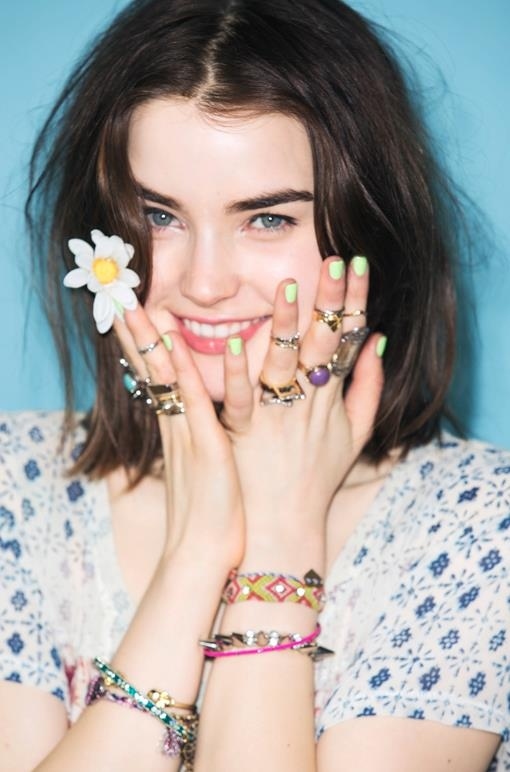
"The Free People customer is happy. She loves life."
"She is independent yet loves being with her friends, her family, and her mate. She travels every spring to festivals, Coachella and Wanderlust being her favorite. She runs and practices yoga to stay fit and balanced. She is influenced by fashion but yet seeks inspiration from all over the world to put together a look that is her own. She is a mix of sweet, cool, and boho and everything in between. We target age 26..." — Meg Hayne, Free People president, September 2012 Analyst Day
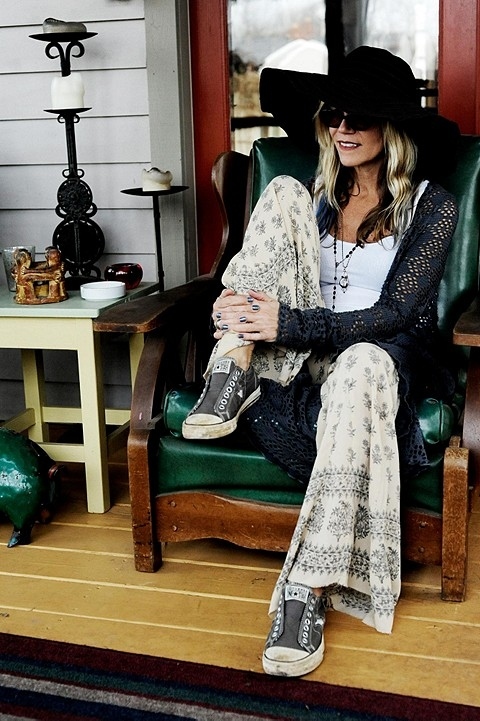
Whatever Urban Outfitters is doing seems to be working for the company.
Sales for its most recent year were about $2.8 billion, a 13% increase from the prior period, with most of that coming from Urban and Anthropologie. Here's a breakdown of how its revenue looked for the year ended Jan. 31, 2013:
